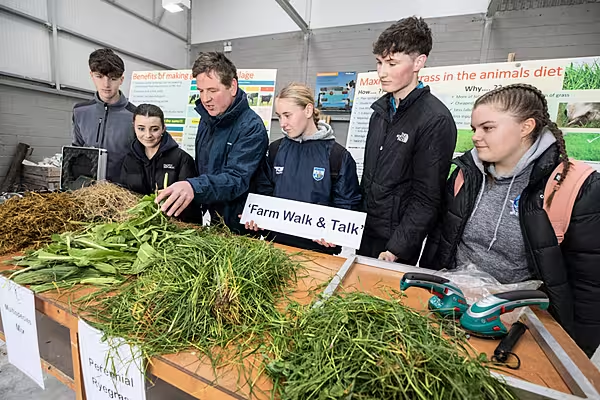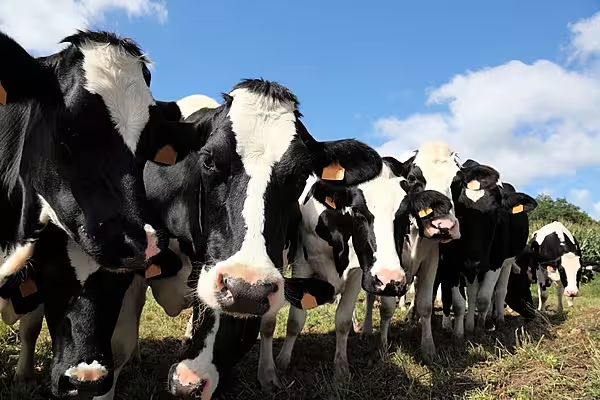Maize planting is getting going in the European Union and farmers are expected to expand the crop area this year, encouraged by mild weather and the need to replace drought-hit rapeseed fields, analysts said.
Widespread dryness, after sporadic rainfall in recent months has failed to replenish soil moisture after drought last year, raising some early concern about the growing season.
The European Commission and private analysts Strategie Grains both expect the grain maize area in the EU to rise about 4% compared with last year to 8.7 million hectares.
Initial Production Prospects
That has boosted initial production prospects, with Strategie Grains projecting a 2% rise to 63.1 million tonnes. Yield trends could differ, however, as northern EU countries recover from drought, while southern states may not match bumper yields last year.
In France, growers group AGPM expects the grain maize area to increase by 3% - 4% compared with last year's 1.36 million hectares, stemming a decline in recent seasons.
That would reflect increased plantings in regions where farmers have reduced rapeseed and sugar beet area, and stable plantings elsewhere, underpinned by a slight price rebound last year, said Matthieu Caldumbide, the AGPM's deputy director.
'A Positive Trend'
"What we're seeing is a positive trend for the first time since 2013. We've lost 350,000-400,000 hectares in the past five years," he said.
French farmers had sown 16% of the expected grain maize area by Monday, against just 1% a year ago, according to farming agency FranceAgriMer.
"Sowing work is progressing but the low water reserves will need to be monitored," Caldumbide said.
Below-average rainfall in much of France in February and March accentuated dryness and the authorities in the Nord administrative department near Belgium introduced water use restrictions this week, including for farms.
France's maize production includes both rain-fed and irrigated fields, making yields dependent on rainfall during the season and availability of water reserves.
Showers forecast next week in France and across central and southern Europe are expected to improve growing conditions, notably in parched Romanian and Bulgarian grain regions.
In Germany, the farm cooperatives association forecasts the grain maize area will increase 9% to 448,000 hectares.
Crop Alternative
"Germany's rapeseed plantings this autumn were reduced by a huge 25% on the year largely because of dry weather and maize is one crop being planted as an alternative," one German analyst said.
"The overall picture is looking good with farmers getting an early start to spring sowings in the mild weather but dryness is starting to become a worry again."
In Poland, the maize area may be little changed at about 620,000 hectares against 640,000 hectares last year, said Wojtek Sabaranski of analysts Sparks Polska.
"But taking into account dry conditions, farmers may actually plant more maize as this can stand drought better than other spring grains," Sabaranski added.
News by Reuters, edited by Donna Ahern, Checkout.









